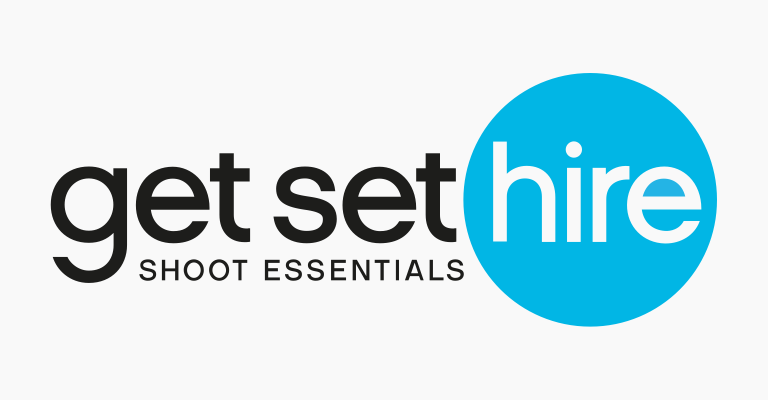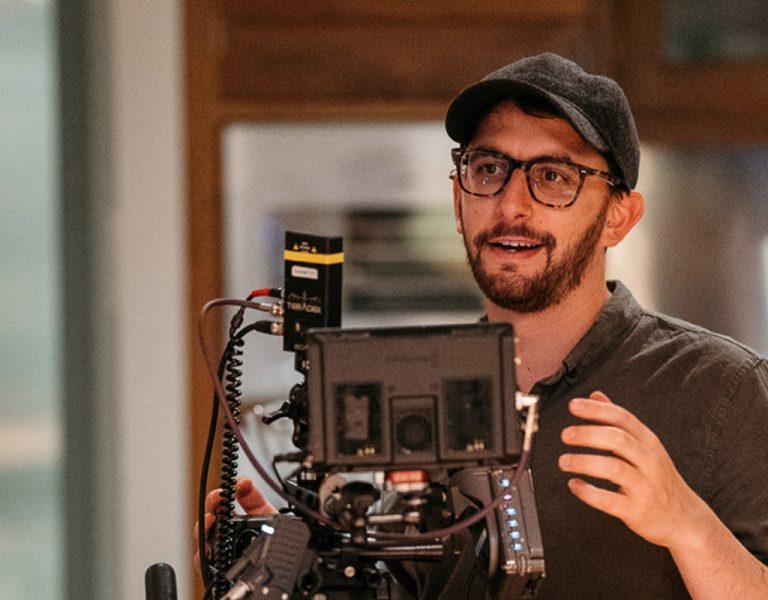SUSTAINABILITY COUNTRY
HBO’s True Detective: Night Country was a collaboration between a production and a country, with both sides taking away sustainability lessons.
Producer Mari Jo Winkler-Ioffreda has been a sustainability gadfly throughout her professional career. In 2003, moved by the environmental damage she was seeing wrought on the planet, and extreme waste that can happen on a film set, she decided to become part of the solution.
“You’re a producer,” she told an audience in an interview with the Green Spark Group’s Zena Harris at NAB in Las Vegas this year, relating her environmental awakening. “You’re in a leadership position. You can actually effect change and do something about this.”
As producer of the latest instalment in the True Detective series, True Detective: Night Country, Winkler-Ioffreda was determined to help her teams find greener options and explore new territory in sustainable production. The HBO series is set around the cold case of the murder of an indigenous woman in a small Alaska town, who had been a protester against the construction of a local mine.

Location, location
HBO narrowed down several locations for the production. In addition to being able to pass for the Alaskan landscape, the location needed reliable snow cover, and easy accessibility for cast, crew and production infrastructure. On the location shortlist were Alaska (of course), Canada, and Iceland.
An Alaska recce determined the location was too remote and cold to be practical for a large, sustained production. Canadian locations that could double for Alaska were equally environmentally hostile to cast and crew. Additionally, both locations would require air travel to access.
“What Iceland gave us,” Winkler-Ioffreda explained, “was landscapes similar to what we were seeing in Alaska, with snow and ice, but a lot of our locations were within a 30 minute drive from a city centre. And they had just increased their tax credit to 35%, which sweetened the deal.”

Iceland advantage
Iceland provided a number of items on the production’s sustainability wish list: skilled local crew which reduced the need for flying in people from outside, as well as the necessary equipment onsite. Some people and gear were flown in, but to a vastly lesser degree than would have been required by the remote North American locations.
The biggest green bonus of shooting in Iceland was the country’s power grid which is carbon free. According to government numbers, 73% of Iceland’s electricity comes from hydropower and 27% from geothermal power.
Hybrid cars and EV’s were vehicles of choice. But low-emissions vehicles aren’t always most appropriate for the Icelandic climate. The show’s director of photography, Florian Hoffmeister BSC, ended up opting for a Toyota Land Cruiser.

Shooting for sustainability
“On True Detective, one of the first calls we did was about sustainability,” says Hoffmeister. “But because of the winter weather, you sometimes need a four-wheel drive. I had to switch, because in Reykjavik where I stayed, the snow became so high you needed a proper jeep to get out.”
The production wanted to avoid diesel generators as much as possible, but no battery generators were available in Iceland production. In response, one of the local facilities purchased a battery generator which continues to be in use now for other productions.
When the team shot on stages, they could rest easy in the knowledge everything was powered by zero carbon energy. On outside locations, sub-zero temperatures made it challenging to run the production on battery power so, says Hoffmeister, traditional internal combustion generators were used.

Learning
Film services company Truenorth, headquartered in Reykjavik, supports films across the Nordics, and has offices in the Canary Islands and Greece. The company helped the True Detective team achieve its goals, while getting a sustainability upgrade in turn.
“True Detective followed the Green Production Guide initiatives with Heidi Kindberg , VP of sustainability at HBO, at the helm,” says Einar Thor Magnusson, Truenorth’s CFO. “They have thorough implementation guidelines that were put in place in all departments. The biggest challenge was changing the way people work on a fast paced production. We learned a lot from the production and the Green guidelines from HBO are what we have as an example to follow.”
Mari Jo Winkler-Ioffreda sees the production’s sustainability not as an endpoint, but a stepping stone to an even better future: “We were all working in this extraordinary country, with clean air, clean water and low emissions and it felt like this was all possible. What we need is government support and investments and we need technology to catch up.”



















